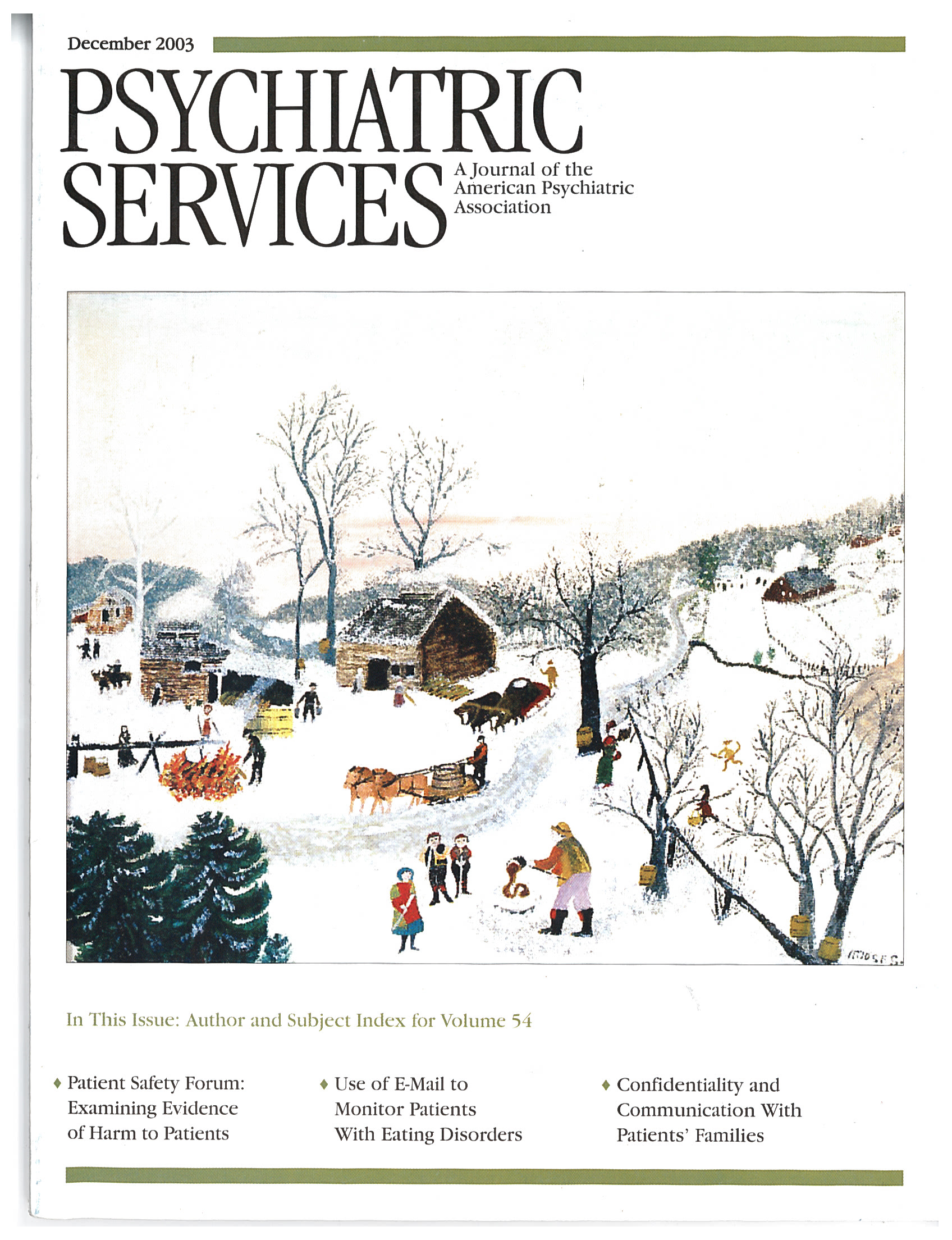Your Loving Arms
In the author' preface to Your Loving Arms, Gwendolyn Bikis states that she writes about what she seeks to understand rather than believing that people write what they understand. This novel, written by a white woman in the voice of both a white woman and a black woman, seeks understanding between women—specifically, more mutual understanding between black and white women. The novel is published by Alice Street Editions, which publishes work by lesbian writers to bring lesbian perspectives to a wider audience through "enlightening, illuminating, and provocative writing." The author of Your Loving Arms has a master's degree in sociology as well as in writing and literature and is a lesbian who lives and teaches in Oakland, California.
This novel describes love—wanting it and fearing it, seeking it and running away from it, losing it and finding it. Although primarily the story of romantic love between two women, it describes love—and the absence of love—in the context of family (loving or rejecting), cultural experience (black or white), and place (south or north). The book's unique perspectives are presented in the context of a relationship of two women, Beth and Tammy. Beth is a white woman from Baltimore who comes from an abusive home and, because she has not known love, does not recognize it, understand it, or trust it. Tammy is black and comes from a loving family in South Carolina. The novel portrays the intrinsic difficulty in accepting and expressing "different" love—that is, love between two women and love between two persons of different ethnicity. It describes the pain and conflict that occurs when loves are in conflict with one another—love of family and love of partner, love of partner and love of place. It is a story of making choices, making compromises, and making changes in one's worldview, and, ultimately, one's view of oneself.
The thing I found most compelling about this book was its exploration of universal themes in the specific context of an interracial lesbian relationship—for example, the loneliness of not wanting to be known and not being able to trust while longing to love and be loved. Being neither black nor lesbian, when I finished reading the book I felt that I understood—or at least understood better—the emotions and conflicts experienced by the novel's characters. Thus I believe that the author was successful in achieving her stated goal not only of enhancing mutual understanding between white women and black women but perhaps also encouraging a wider mutual understanding between lesbian and straight women.
This novel will be of interest to practitioners who seek to understand cultures and experiences that are different from their own for their own growth as well as in the interests of achieving better understanding of their patients or clients. The book may also be helpful as a resource for clients who are experiencing personal, social, or familial conflict in same-sex or interracial relationships.
Dr. Rohland is associate professor and chair in the department of psychiatry at Texas Tech University School of Medicine in Amarillo.



